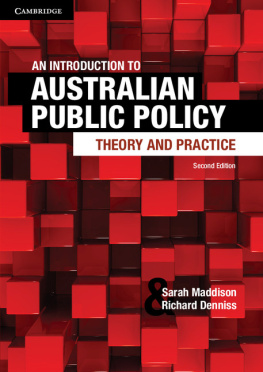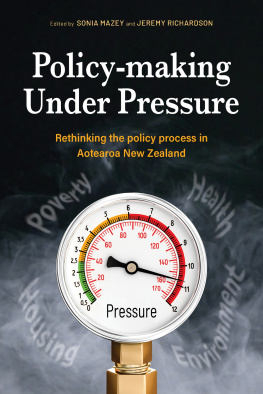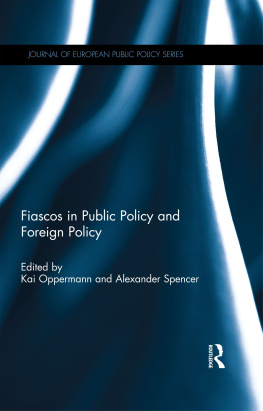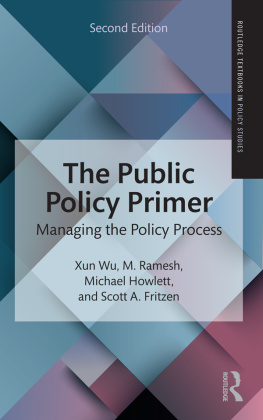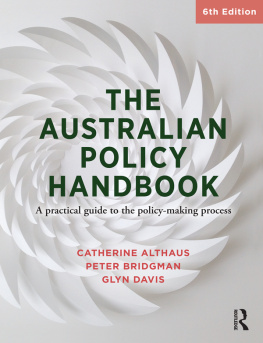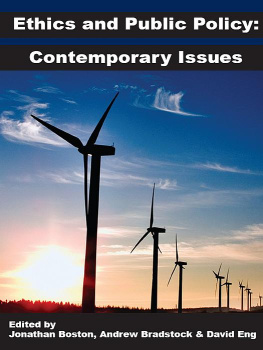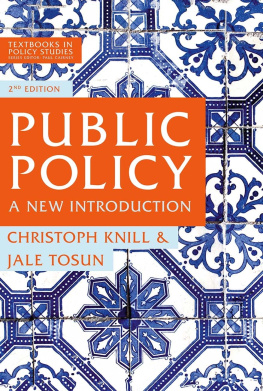Andrew S Pennock - The CQ Press Writing Guide for Public Policy
Here you can read online Andrew S Pennock - The CQ Press Writing Guide for Public Policy full text of the book (entire story) in english for free. Download pdf and epub, get meaning, cover and reviews about this ebook. year: 2018, publisher: CQ Press, genre: Science / Politics. Description of the work, (preface) as well as reviews are available. Best literature library LitArk.com created for fans of good reading and offers a wide selection of genres:
Romance novel
Science fiction
Adventure
Detective
Science
History
Home and family
Prose
Art
Politics
Computer
Non-fiction
Religion
Business
Children
Humor
Choose a favorite category and find really read worthwhile books. Enjoy immersion in the world of imagination, feel the emotions of the characters or learn something new for yourself, make an fascinating discovery.
- Book:The CQ Press Writing Guide for Public Policy
- Author:
- Publisher:CQ Press
- Genre:
- Year:2018
- Rating:3 / 5
- Favourites:Add to favourites
- Your mark:
The CQ Press Writing Guide for Public Policy: summary, description and annotation
We offer to read an annotation, description, summary or preface (depends on what the author of the book "The CQ Press Writing Guide for Public Policy" wrote himself). If you haven't found the necessary information about the book — write in the comments, we will try to find it.
Key Features:
Basic policy writing taskshelp you write sentences, paragraphs and sections that make sense to readers (and to professors!). You will also learn how to create professional quality tables and figures that support your argument as well as how to package these components together effectively to communicate with policy makers.
Six separate chapters for various public policy genres(issue briefs, legislative histories, decision memos, testimony, op-eds, and new media) provide you with an overview of the genre, several examples, and an analysis of each example.
Current examples from across the field of public policykeep you engaged by connecting the concepts to current topics such as public health (the opioid epidemic, Native-American healthcare, lead poisoning), education (early childhood, school governance), criminal justice (sexting laws, ban-the-box), business regulation (AirBnB, renewable energy, drug pricing), security policy (cyber-security, foreign asset control), and social policy (physician assisted suicide).
Andrew S Pennock: author's other books
Who wrote The CQ Press Writing Guide for Public Policy? Find out the surname, the name of the author of the book and a list of all author's works by series.



